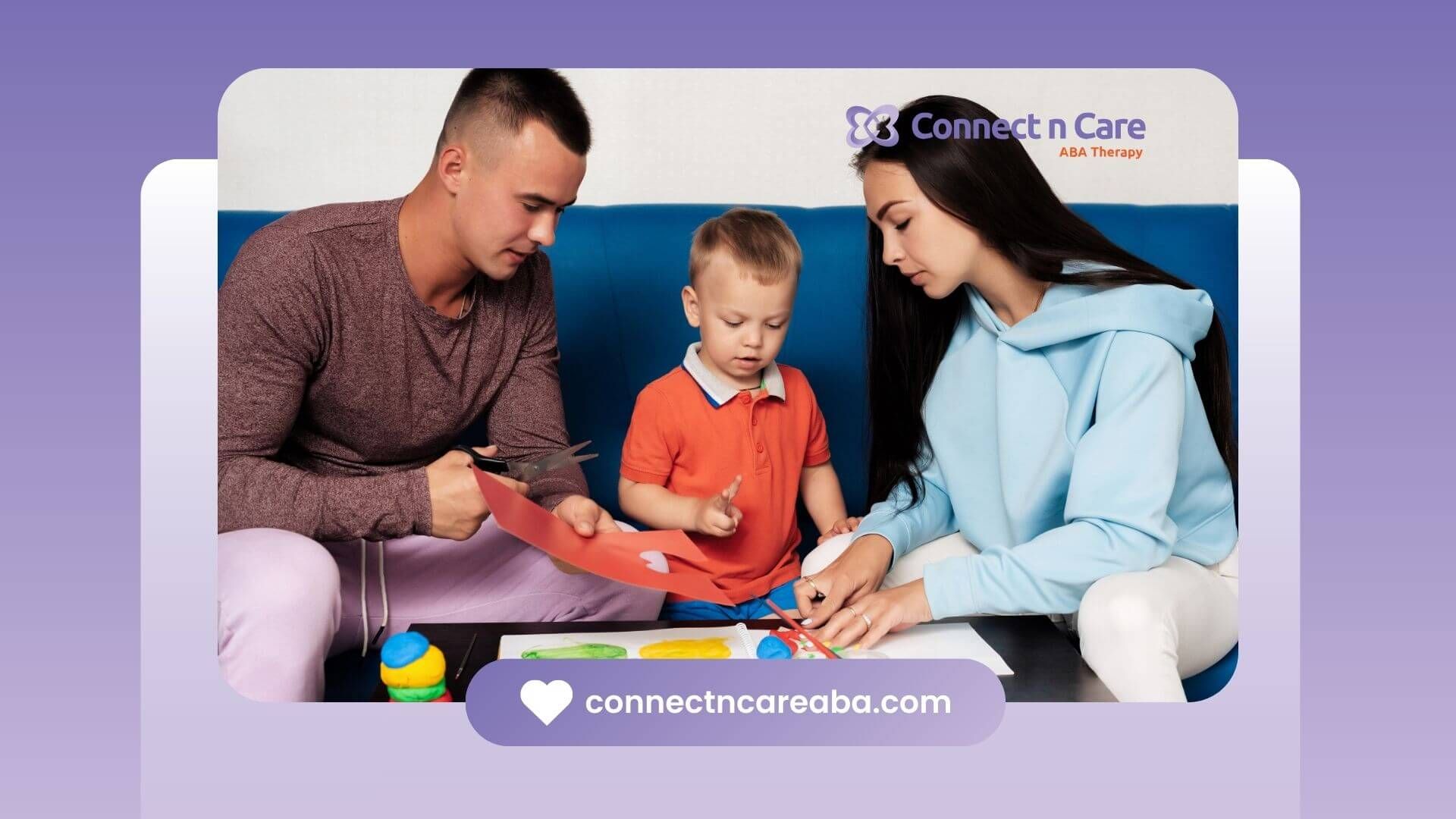Early in any Applied Behavior Analysis program the team collects data to guide decisions, and an ABA toilet training data sheet template provides a structured way to monitor a learner’s progress toward urinary continence. This template aligns with foundational principles from Azrin and Foxx (1971), which emphasize systematic scheduling, consistent reinforcement, and gradual fading of prompts to help a child gain independence in restroom routines. By using a standardized form, therapists, educators, and family members can capture key metrics, such as intervals between successful voids, accident frequency, and initiation of bathroom requests to make data‐driven adjustments and celebrate incremental wins.
This article presents an overview of toilet training within an ABA framework, highlights the advantages of using a dedicated data sheet, and offers guidance on customizing and implementing the template. It also explains how to interpret trends, troubleshoot common challenges, and maintain clear communication among stakeholders. Whether an ABA therapist in North Carolina, a parent at home, or a special education teacher, the strategies below will help ensure consistency, transparency, and efficiency in the toilet training journey.
Understand ABA Toilet Training
Applied Behavior Analysis (ABA) is a science of behavior that relies on observable data to teach new skills. In the context of toilet training, ABA breaks down the process into manageable steps, prompting the learner to sit on the toilet, reinforcing successful pees, and gradually extending independence. Azrin and Foxx’s seminal work demonstrated that structured
reinforcement schedules and immediate feedback can produce rapid gains in urinary continence for children with developmental disabilities.
Key components of an ABA toilet training program include:
- Prerequisite Skills: Before starting, the learner should show signs of bladder control (remaining dry for up to two hours), the ability to follow simple instructions, and basic understanding of cause and effect (first-then contingencies)
- Positive Reinforcement: Highly preferred items or activities, such as a favorite snack or a brief play session are reserved exclusively for after successful toileting
- Structured Intervals: Early in training, visits occur at short, fixed intervals (for example, every 10 minutes), then lengthen progressively as the child experiences more dry intervals
- Prompt Fading: Physical or verbal prompts are gradually reduced to encourage independent initiation of bathroom requests
A reliable data collection system underpins each of these steps. Without accurate records of accidents, successful attempts, and initiation, it is difficult to pinpoint when to adjust intervals or reinforcement levels.
What Is ABA
ABA uses behavior-analytic principles such as reinforcement, prompting, and shaping to teach skills. Data collection ensures decisions rest on trends rather than anecdotes. In toilet training, this translates into quantifying each success, accident, and initiation so the team can fine-tune the plan.
How ABA Supports Toilet Training
With consistent data, caregivers and therapists can:
- Detect patterns, such as times of day when accidents spike
- Determine an optimal interval length before visits
- Identify which reinforcers yield the greatest motivation
Key Research Findings
Multiple studies report high success rates for ABA toilet training protocols. In one school-based program, five children with autism transitioned from diapers to continence over 32 to 88 school days, achieving over 90% success with intensive application of ABA principles. These findings underscore the importance of data-guided instruction.
Explore Data Sheet Benefits
A specialized data sheet delivers multiple advantages over ad hoc tracking in notebooks or digital notes:
- Consistency Across Settings
A uniform form ensures that home, school, and therapy staff record identical metrics in the same format. - Real-Time Progress Monitoring
Caregivers can see daily successes and setbacks at a glance, allowing prompt adjustments. - Enhanced Communication
A shared document streamlines handoffs between parents, teachers, and therapists, reducing misinterpretations. - Objective Decision-Making
Teams rely on quantifiable evidence to lengthen intervals or modify reinforcers rather than on subjective impressions. - Visual Trend Analysis
Graphs and tables within the sheet highlight progress or plateaus, guiding the next steps.
By centralizing data, stakeholders can answer key questions quickly:
- Has the learner increased the average time between successful voids?
- Are accidents clustered at specific times of day?
- Which reinforcers correlate with the greatest improvement?
This level of detail supports confidence and clarity in program decisions.
Why Tracking Matters
Accident frequency alone is not enough to inform changes. A detailed log capturing date, time, prompt level, accident or success, and reinforcer used, paints a full picture of the learner’s trajectory.
Benefits for Children and Caregivers
Children experience less frustration when schedules are predictable and reinforcers are meaningful. Caregivers gain peace of mind knowing that they follow an evidence-based routine.
Benefits for Professionals
Therapists and educators can review standardized data to justify program modifications, create progress reports, and secure insurance or funding approvals.
Customize the Data Sheet
While many prebuilt forms are available on sites like
Teachers Pay Teachers, customizing a template to the learner’s unique needs optimizes relevance and usability. The following elements are critical to include:
| Data Point | Description | Purpose |
|---|---|---|
| Date and Time | Exact timestamp of each restroom visit or accident | Identify time-based patterns |
| Interval Duration | Minutes since last successful restroom use | Track increasing independence |
| Prompt Level | Type of prompt provided (verbal, gesture, physical) | Monitor fading process |
| Outcome | Success (pee on toilet) or accident | Calculate success rate |
| Initiation | Did the child request the bathroom independently? | Gauge communication progress |
| Reinforcer Used | Specific reward delivered immediately after success | Evaluate motivator effectiveness |
| Maintenance Notes | Any relevant observations (mood, distractions, illness) | Contextualize anomalies in data |
Identify Prerequisite Skills
Include a brief checklist section at the top for:
- Two-hour dryness
- Ability to follow simple instructions
- Interest or tolerance for sitting on the toilet
This helps confirm readiness before intensive tracking begins.
Select Relevant Data Points
Avoid overwhelming caregivers with unnecessary fields. Focus on the metrics the team will actually use to make decisions, such as interval length and outcome.
Add School-Home Communication Fields
A column for initials or comments from each setting boosts accountability and notes environmental contributors—like illness or schedule changes.
Incorporate Reinforcer Tracking
Documenting which reward followed a success allows analysis of which reinforcers maintain momentum.
Implement Training Steps
Once the template is ready, the team can launch a structured toilet training program:
- Establish a Routine
Schedule initial restroom visits at consistent intervals—every 10 to 20 minutes during waking hours - Set Timed Interval Tracking
Use timers or alarms to prompt visits and record the exact start and end times on the sheet - Record Successful and Accidents
Mark each entry as success or accident, noting any independent initiation - Provide Reinforcement
Deliver a predetermined reward immediately following successes; record the item or activity used - Gradually Increase Independence
Lengthen intervals by 5- to 10-minute increments after consecutive success streaks - Fade Prompts
Reduce physical guidance first, then verbal reminders, until the learner requests the bathroom independently
Therapists often use simple phrases like “sit for two minutes” or “time to try” to create consistency across settings. Clear, concise language supports comprehension and reduces anxiety.
Establish a Routine
A predictable schedule helps the learner anticipate restroom visits. Teams often align initial sessions with natural breakpoints, such as after meals or play sessions.
Set Timed Interval Tracking
Multiple data sheet templates include built-in timers or color-coded intervals. If the template lacks this feature, caregivers can note the start time and calculate interval duration manually.
Record Successes and Accidents
Asterisks or color highlights can call attention to accident patterns. Over time, the team uses this information to adjust intervals.
Provide Reinforcement
Positive reinforcement strengthens the association between toileting and desirable outcomes. Common items include edible treats, stickers, or access to a preferred game for one minute.
Analyze Progress Data
Regular review of the data sheet ensures the program adapts to the learner’s pace:
- Update Baseline and Trends
Calculate average interval length between successful voids each week - Adjust Intervals and Strategies
If the success rate exceeds 80 percent over three days, extend intervals by 5 to 10 minutes - Share Updates with Team
Distribute printed or digital summaries to parents, therapists, and educators for collaborative input
Graphing success rates and interval durations over time reveals whether progress is linear or if certain times of day require different approaches.
Update Baseline and Trends
The first week of data establishes a baseline. Compare subsequent weeks to see if independent voids increase in frequency and decrease in accidents.
Adjust Intervals and Strategies
If data show a plateau, such as repeated accidents at 30-minute intervals, the team might shorten the interval or introduce a new reinforcer.
Share Updates with Team
Weekly briefings help align strategies. For example, if classroom distractions impede success, educators can supervise more closely or adjust the schedule.
Troubleshoot Common Challenges
Even with the best plan, teams may face obstacles. Here are solutions to frequent issues:
| Trouble | Possible Cause | Suggested Fix |
|---|---|---|
| Frequent Accidents at Specific Times | Play or meals disrupt schedule | Align visits with natural breaks |
| Resistance to Sitting | Child feels anxious | Offer a timer or social story to explain the routine |
| Inconsistent Data Entry | Form is too complex | Simplify fields or provide quick-reference guide |
| Decline in Motivation | Reinforcers lose appeal | Rotate rewards or increase variety |
| Staff Turnover Leads to Gaps | New team members unaware of protocol | Conduct a brief training and share the data sheet overview |
Managing Resistance and Accidents
Neutral reactions to accidents help maintain a positive learning environment. Prompt the learner to clean up and encourage independence in handling small tasks.
Keeping Data Accurate
Use checklists or brief training for caregivers and staff. A one-page guide on how to fill each field can reduce errors.
Maintaining Motivation
Rotate preferred items periodically and involve the learner in choosing reinforcers to sustain interest.
Conclusion
A well-designed ABA toilet training data sheet template empowers teams to track progress precisely and make informed adjustments. By customizing fields to fit the learner’s needs, establishing a consistent routine, and regularly analyzing trends, professionals and families can work together toward rapid, lasting success. With data driving decisions, the path from diapers to independence becomes clearer and more predictable.
Next steps include selecting or building a template that incorporates the elements above, training all stakeholders on its use, and committing to regular reviews. With this foundation, learners with autism can achieve urinary continence efficiently while building confidence and autonomy.
At Connect n Care ABA, we are committed to helping your child achieve milestones like toilet training with personalized ABA therapy in North Carolina. Our expert team works closely with families and educators to develop customized strategies that align with each child’s unique needs, ensuring a smoother and more effective learning process.
Ready to get started? Schedule a consultation with us today, and let us help your child achieve success with personalized, data-driven toilet training plans.
Frequently Asked Questions
How can ABA therapy help with toilet training for children with autism?
ABA therapy uses structured teaching methods like positive reinforcement, task analysis, and data collection to teach children the steps of toilet training in a consistent, predictable way.
What should be included in an ABA toilet training data sheet?
A good data sheet should track progress on key areas like successful attempts, accidents, timing, cues, and any modifications to routines. This data helps make informed decisions about the next steps.
How long does it take to toilet train a child with autism?
The timeline varies for each child. With consistent routines and personalized ABA strategies, many children begin to make progress within a few weeks, but it can take longer depending on the child’s needs and responsiveness.
SOURCES:
https://howtoaba.com/toilet-training-101/
https://www.teacherspayteachers.com/browse/free?search=toilet%20training%20data%20sheet
https://www.autismsociety-nc.org/wp-content/uploads/BaselineToiletingData_fillable.pdf
https://cla.auburn.edu/media/etobtnqb/potty-training-data-sheet-1.pdf
https://ebip.vkcsites.org/scheduled-toilet-training/









